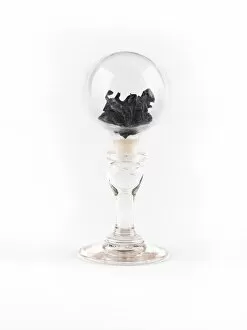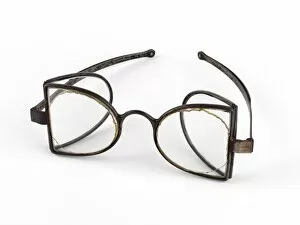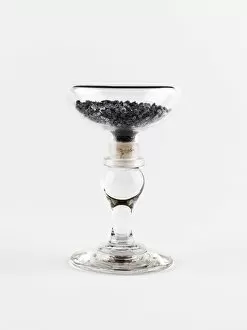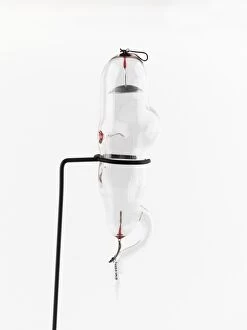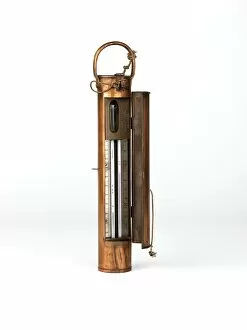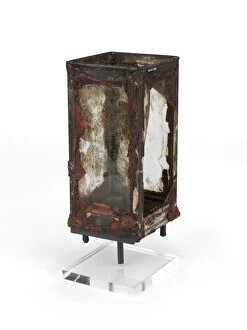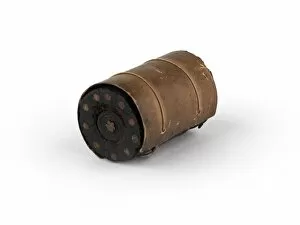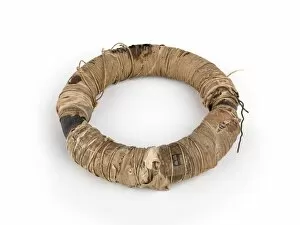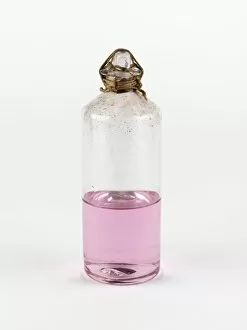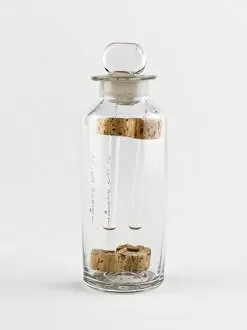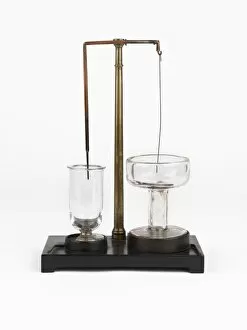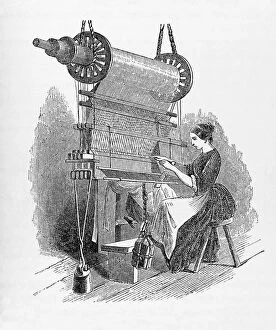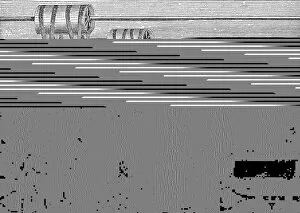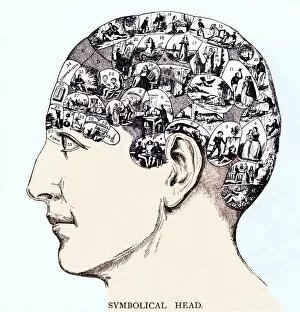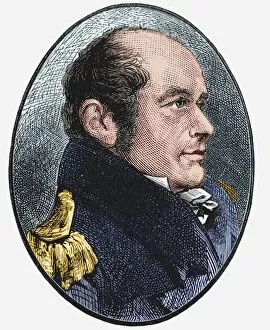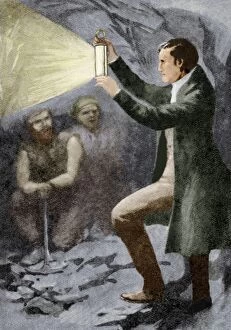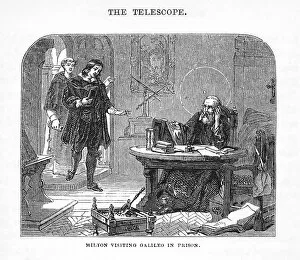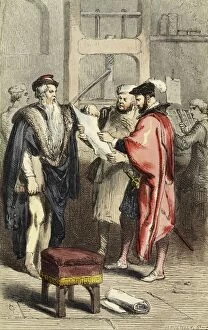Nineteenth Collection (page 90)
In the nineteenth century, horticulture enthusiasts were captivated by the beauty and diversity of nature's creations
For sale as Licensed Images
Choose your image, Select your licence and Download the media
In the nineteenth century, horticulture enthusiasts were captivated by the beauty and diversity of nature's creations. One such marvel was the Hortensia, a stunning flowering plant that adorned gardens with its vibrant colors. Its delicate lilac petals would sway gracefully in the breeze, creating a mesmerizing sight. Plate 113 from William Cutbush and Sons' botanical catalog showcased this magnificent specimen in all its glory. The Strawberry Wilmots Superb variety stood out among others for its luscious red berries that resembled tiny rubies glistening under the sun. Moving on to Plate 127, we find ourselves enchanted by another floral wonder - Geranium varietals. These exquisite flowers added a touch of elegance to any garden with their intricate patterns and vivid hues. Kelways Manual provided valuable insights into cultivating these beauties through plants, seeds, and bulbs. As we turn our attention to Plate 18, our eyes are drawn to an enchanting Lily known as Lilium auratum. This majestic flower boasted golden-yellow petals adorned with crimson speckles - truly a sight to behold. Bengale Th featured prominently on Tab XVII of botanical records as it fascinated botanists with its unique characteristics. The nineteenth century was undoubtedly an era where nature's wonders were celebrated and documented meticulously. Through catalogs like those produced by William Cutbush and Sons or references like Kelways Manual, people could explore the vast array of flora available at their fingertips. From Hortensias to Lilacs, Strawberries Wilmots Superb to Geraniums varietals - each plant had its own story waiting to be discovered by passionate gardeners and admirers alike, and is through these historical records that we can appreciate how generations past marveled at Mother Nature's artistry while leaving behind invaluable knowledge for future enthusiasts.


